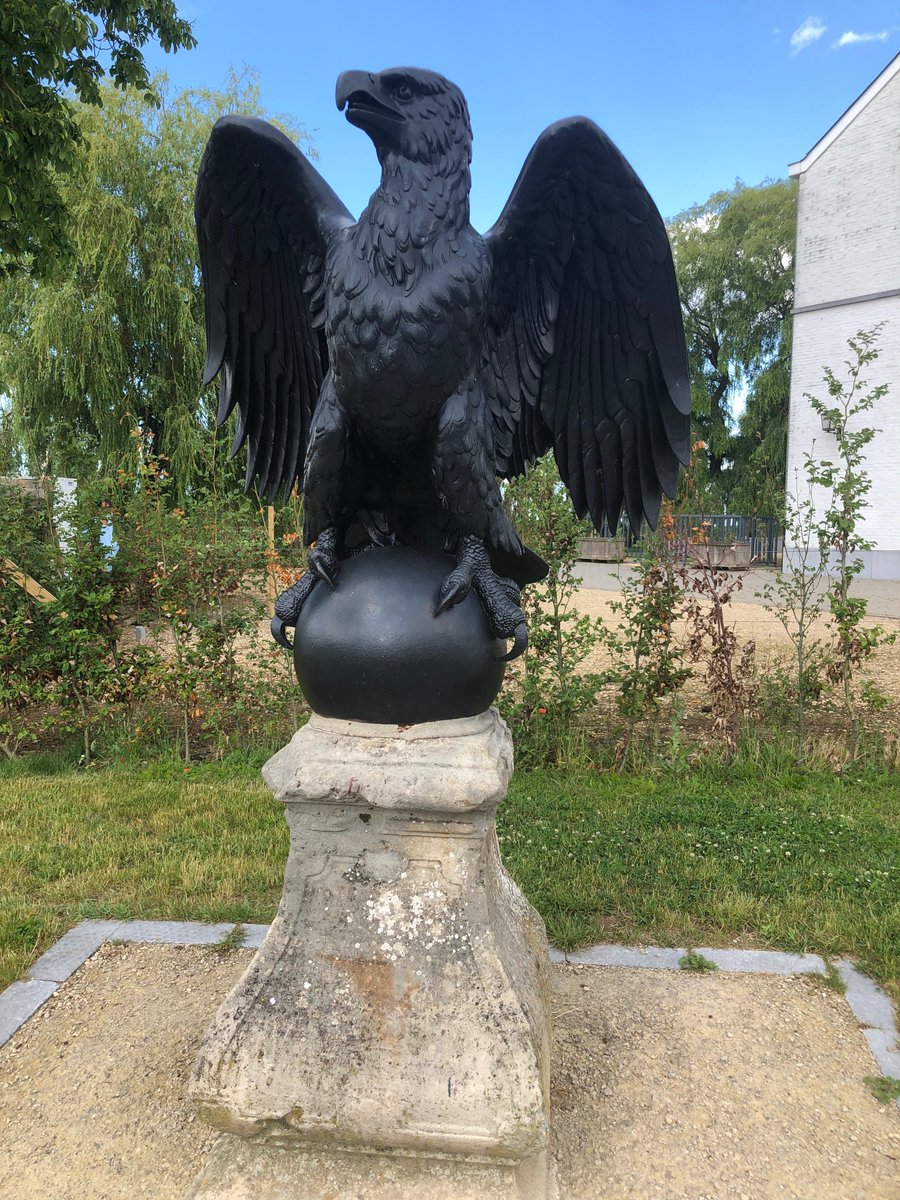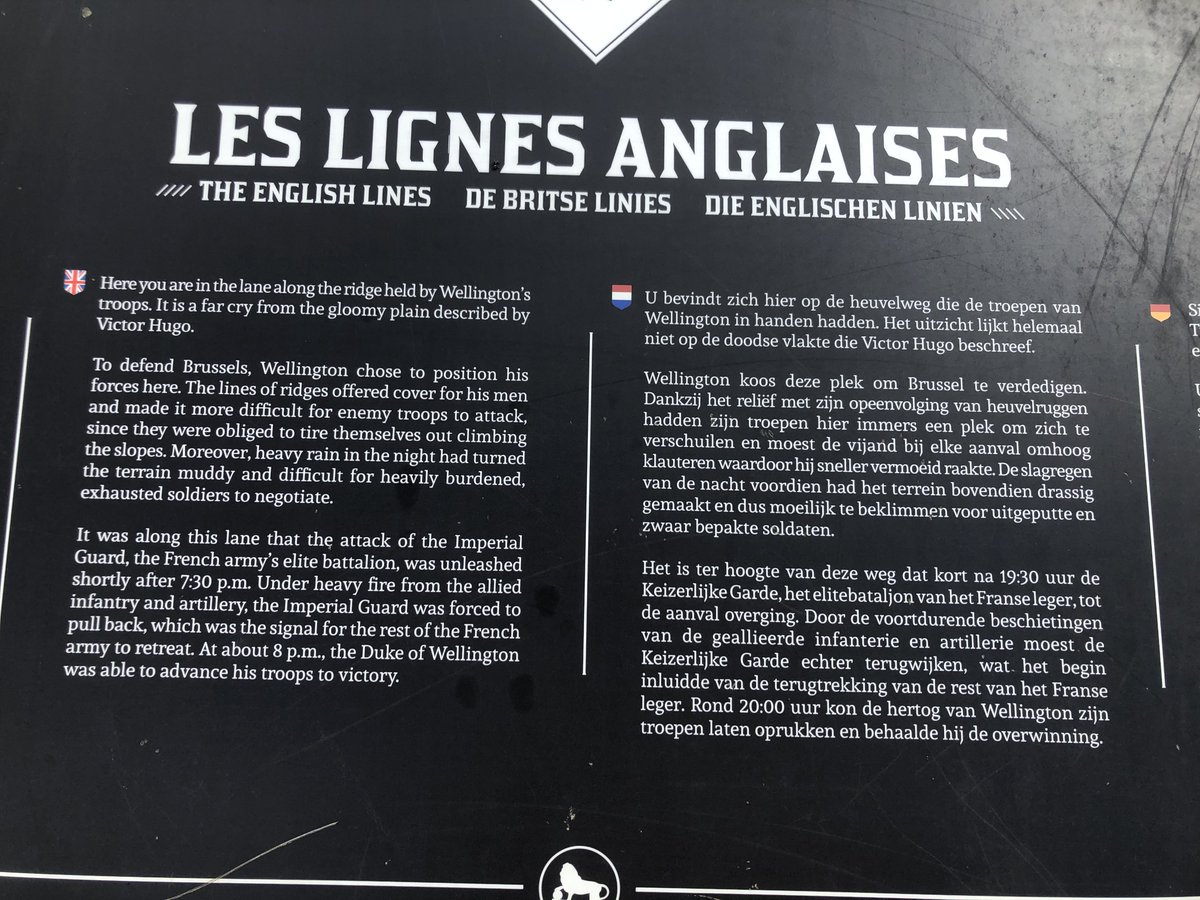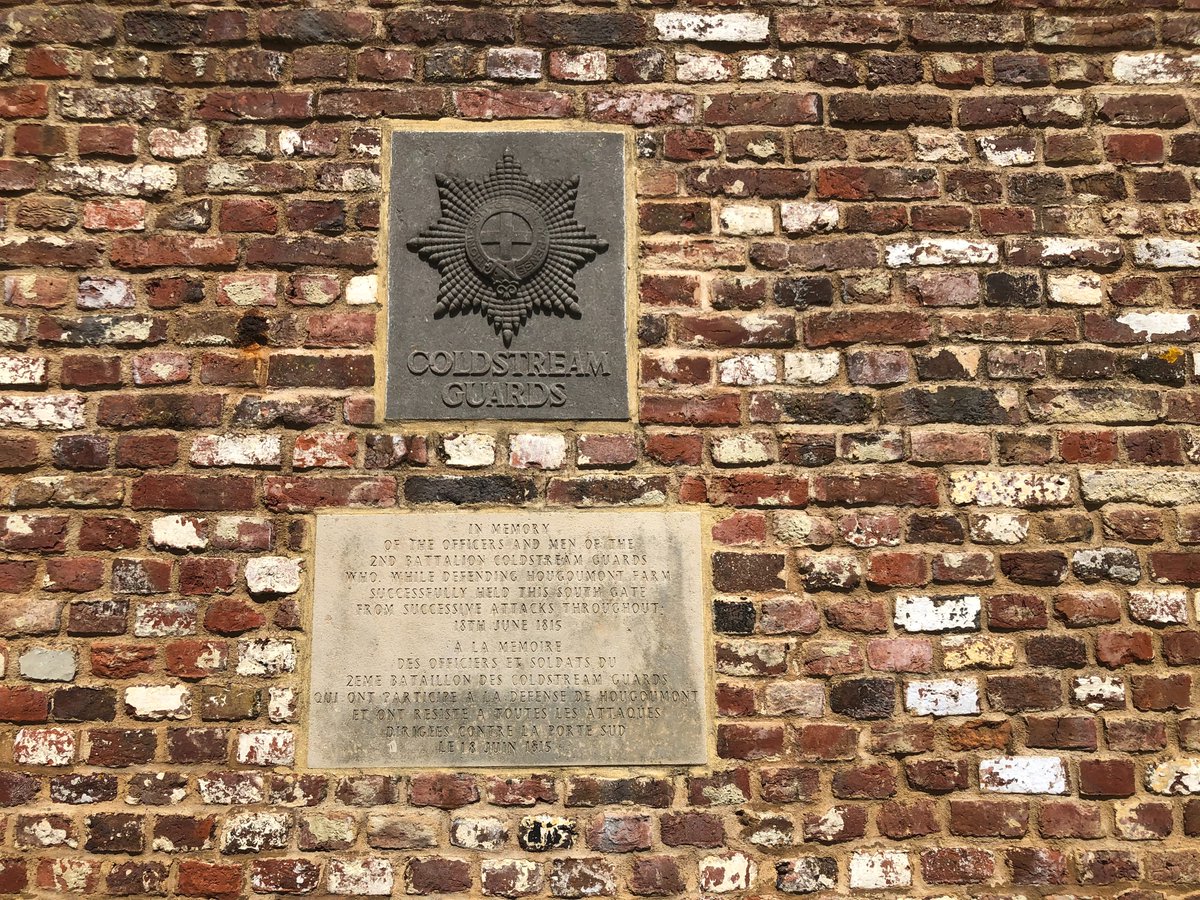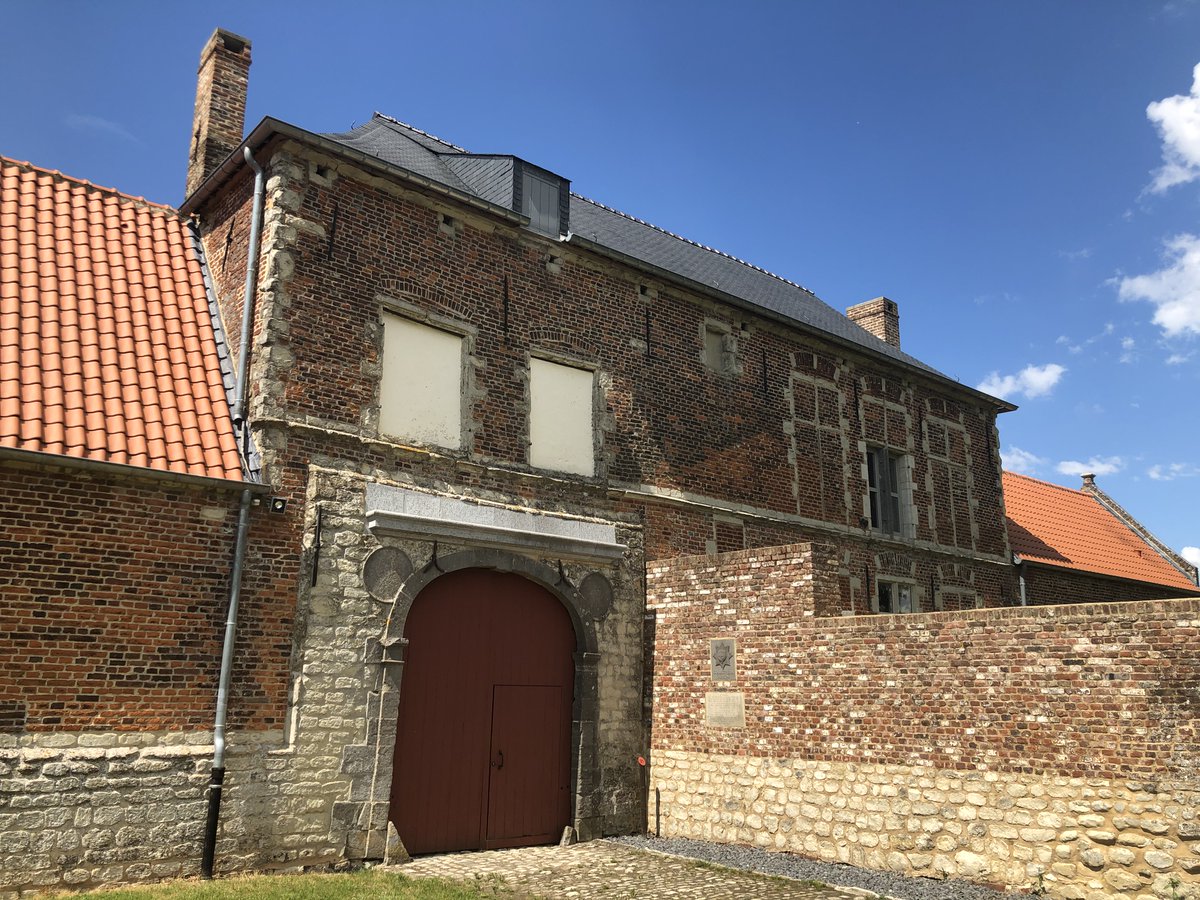Today is the 205th anniversary of the Battle of Waterloo that ended the Napoleonic Wars. Last weekend I visited the site of a bloody struggle in which more than a quarter of the 180,000-plus troops who fought there became casualties. A short thread.  https://abs.twimg.com/emoji/v2/... draggable="false" alt="👇" title="Rückhand Zeigefinger nach unten" aria-label="Emoji: Rückhand Zeigefinger nach unten"> (1/7)
https://abs.twimg.com/emoji/v2/... draggable="false" alt="👇" title="Rückhand Zeigefinger nach unten" aria-label="Emoji: Rückhand Zeigefinger nach unten"> (1/7)
It’s striking how Waterloo has become so central in English folklore, inspiring place names from pubs to a London railway station (which was, piquantly, the original Eurostar terminus). The victorious Duke of Wellington’s imprint stretches as far as New Zealand’s capital. (2/7)
Yet as historians point out, the arrival of Marshal Blücher’s Prussian troops was not only the difference between victory and defeat in what Wellington called the “nearest-run thing you ever saw in your life”. It was also a sign of how diversely European the winners were. (3/7)
The academic Brendan Simms has estimated that only about 36 per cent of Wellington’s army were from England, Ireland, Wales or Scotland, with the rest comprising Dutch, Walloons, Flemings and Germans (including Hanoverians). (4/7) https://www.theguardian.com/news/defence-and-security-blog/2015/jun/09/waterloo-a-german-victory">https://www.theguardian.com/news/defe...
The English, French and German battlefield information boards nevertheless describe Wellington’s lines as “English”, even though the famous Hougoumont farm advance post nearby has a memorial to the Coldstream Guards regiment that originated in Scotland. (5/7)
The farm has interested modern day UK politicians. George Osborne, UK Chancellor, viewed it during a battlefield tour in 2012 and later gave €1.5m of government money to pay a large chunk of the restoration bill in time for the 200th anniversary commemoration in 2015. (6/7)
The bicentennial re-enactment of the delivery of news of the Waterloo win to the Prince Regent in London highlighted the way a victory of a European alliance has often stoked a very English dreaming. Even Princess Anne looks a little perplexed. (7/7) https://www.bbc.com/news/uk-33215599">https://www.bbc.com/news/uk-3...

 Read on Twitter
Read on Twitter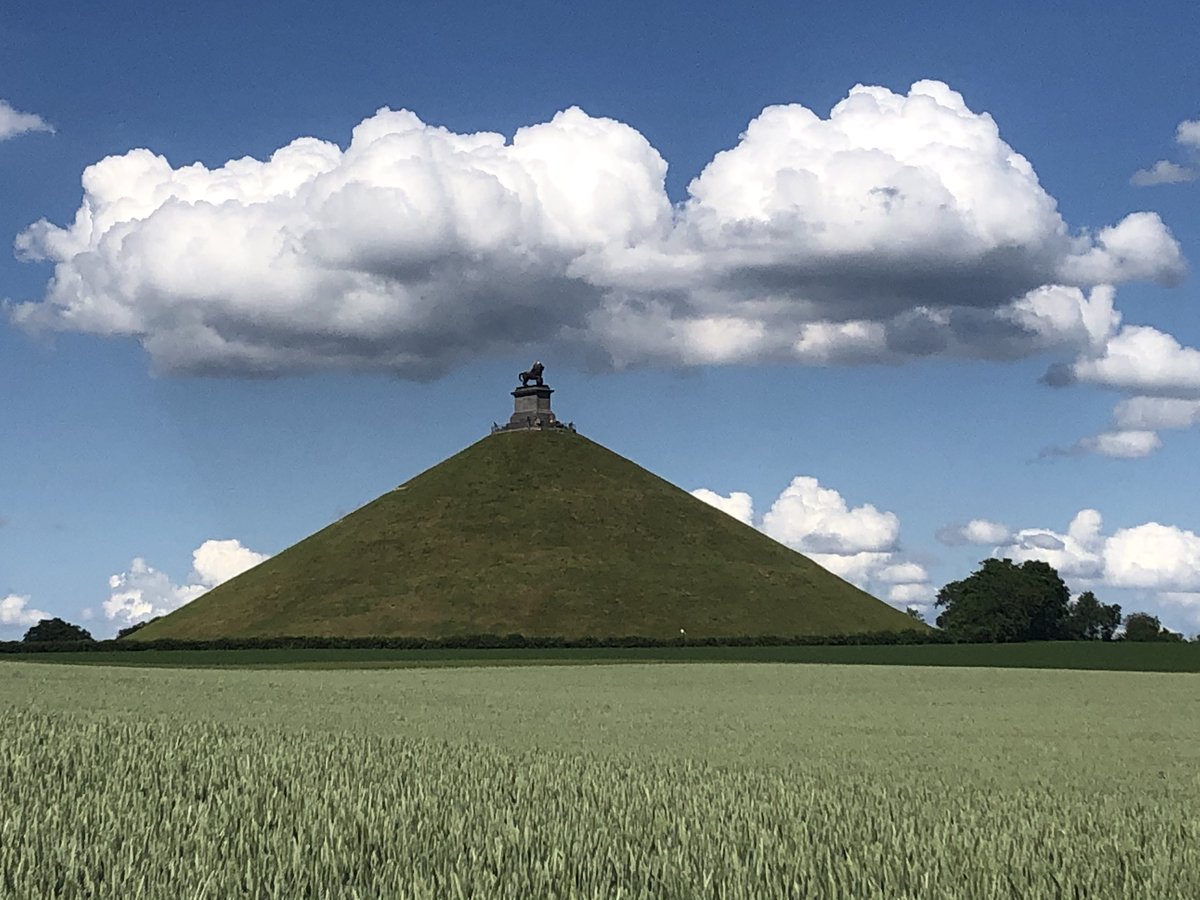 (1/7)" title="Today is the 205th anniversary of the Battle of Waterloo that ended the Napoleonic Wars. Last weekend I visited the site of a bloody struggle in which more than a quarter of the 180,000-plus troops who fought there became casualties. A short thread. https://abs.twimg.com/emoji/v2/... draggable="false" alt="👇" title="Rückhand Zeigefinger nach unten" aria-label="Emoji: Rückhand Zeigefinger nach unten"> (1/7)">
(1/7)" title="Today is the 205th anniversary of the Battle of Waterloo that ended the Napoleonic Wars. Last weekend I visited the site of a bloody struggle in which more than a quarter of the 180,000-plus troops who fought there became casualties. A short thread. https://abs.twimg.com/emoji/v2/... draggable="false" alt="👇" title="Rückhand Zeigefinger nach unten" aria-label="Emoji: Rückhand Zeigefinger nach unten"> (1/7)">
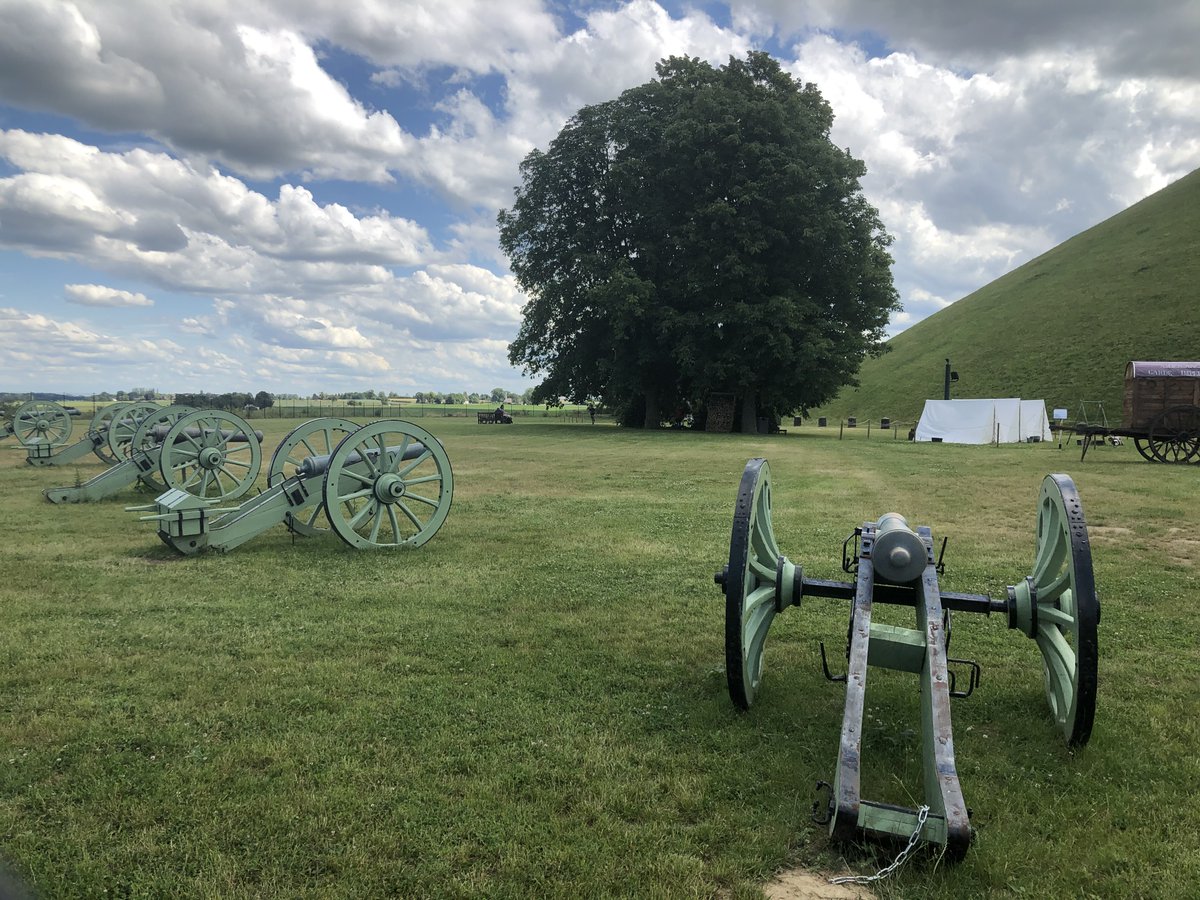 (1/7)" title="Today is the 205th anniversary of the Battle of Waterloo that ended the Napoleonic Wars. Last weekend I visited the site of a bloody struggle in which more than a quarter of the 180,000-plus troops who fought there became casualties. A short thread. https://abs.twimg.com/emoji/v2/... draggable="false" alt="👇" title="Rückhand Zeigefinger nach unten" aria-label="Emoji: Rückhand Zeigefinger nach unten"> (1/7)">
(1/7)" title="Today is the 205th anniversary of the Battle of Waterloo that ended the Napoleonic Wars. Last weekend I visited the site of a bloody struggle in which more than a quarter of the 180,000-plus troops who fought there became casualties. A short thread. https://abs.twimg.com/emoji/v2/... draggable="false" alt="👇" title="Rückhand Zeigefinger nach unten" aria-label="Emoji: Rückhand Zeigefinger nach unten"> (1/7)">
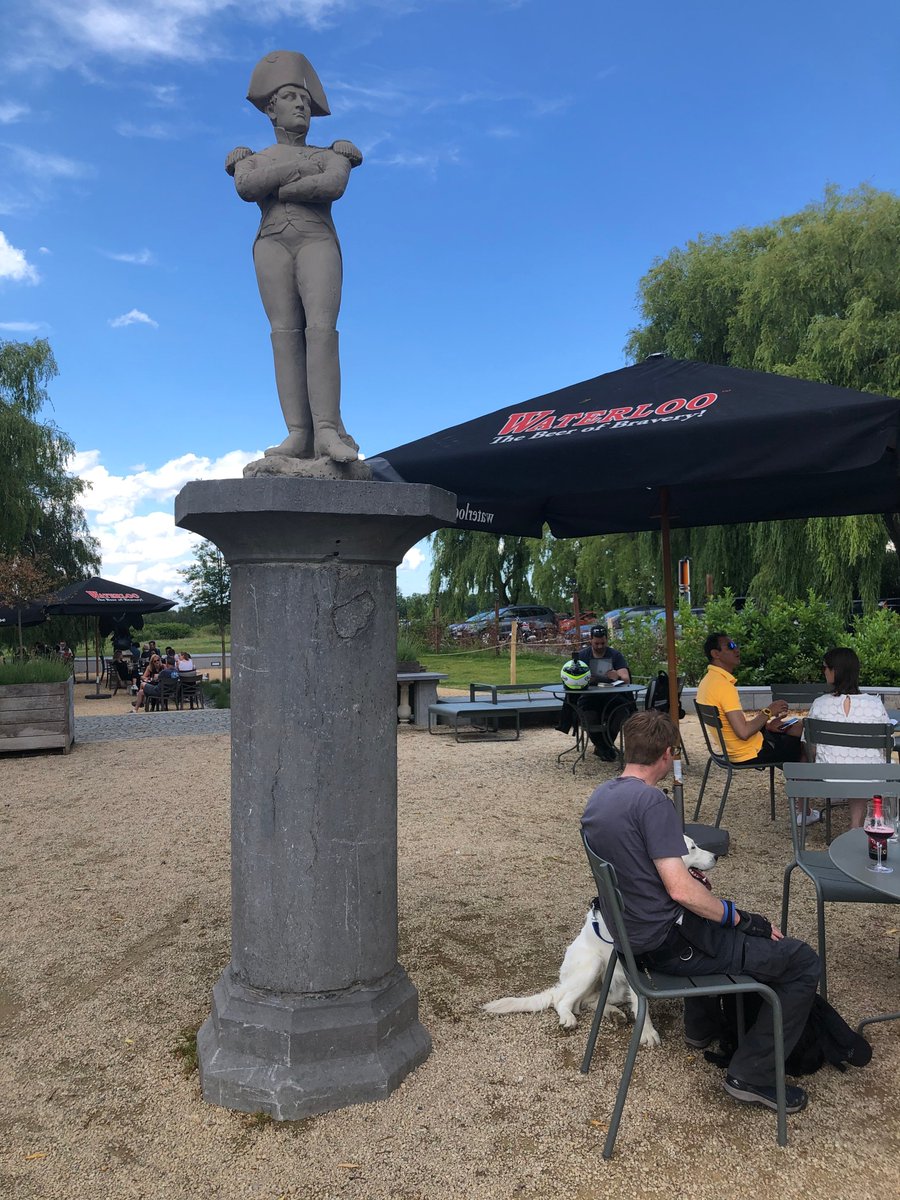 (1/7)" title="Today is the 205th anniversary of the Battle of Waterloo that ended the Napoleonic Wars. Last weekend I visited the site of a bloody struggle in which more than a quarter of the 180,000-plus troops who fought there became casualties. A short thread. https://abs.twimg.com/emoji/v2/... draggable="false" alt="👇" title="Rückhand Zeigefinger nach unten" aria-label="Emoji: Rückhand Zeigefinger nach unten"> (1/7)">
(1/7)" title="Today is the 205th anniversary of the Battle of Waterloo that ended the Napoleonic Wars. Last weekend I visited the site of a bloody struggle in which more than a quarter of the 180,000-plus troops who fought there became casualties. A short thread. https://abs.twimg.com/emoji/v2/... draggable="false" alt="👇" title="Rückhand Zeigefinger nach unten" aria-label="Emoji: Rückhand Zeigefinger nach unten"> (1/7)">

